let’s be honest – there aren’t too many things in this world that are much better than pizza. Warm, cold, deep dish, thin crust, in whatever form you may choose, there’s really no disputing that pizza is an all-time favorite. So, what if pizza somehow magically became healthy? Or, at the very least, mostly healthy? Boom. Done.
A combination of a couple different recipes that were floating around the world wide web, plus the contents of a very weirdly-stocked refrigerator, led me to this wonderful, somewhat Mediterranean, pizza. Gluten free, extremely light and pure on the ingredients list, and also, you know, absolutely delicious. The ideal meal for these beautiful end-of-summer evenings.
ingredients
for the crust:
a head of cauliflower
1 cup of almond flour
2 eggs
1 tbsp thyme
a sprinkling of freshly ground salt and pepper
for the toppings:
1/2 of a large eggplant
1 can of chickpeas
2 fresh tomatoes (or canned tomato paste)
a large handful of kale
2 cloves of garlic
directions
in a food processor, mix together the cauliflower, eggs, and almond flour. When fully processed, spread the mixture evenly over a pizza pan lightly coated in olive oil. Top with a tiny bit of salt, pepper, and a smattering of thyme. Heat the oven to 400 degrees, and let the crust bake for 20 minutes, or until lightly golden. While the crust is baking, wash the tomatoes thoroughly and blend them in a blender or food processor with a pinch of sea salt and olive oil, and then prepare the rest of the toppings (chop the eggplant, grate the garlic, and wash the chickpeas). Once the crust is finished, take it out of the oven, spread the sauce out evenly with a spoon, and start tossin’ on toppings, sprinkling the garlic on last. Put it back in the oven, and let it bake for 5-10 more minutes, or until your kitchen smells like absolute heaven. Let cool, and then devour. In the rare event that a small bit remains, it stores really well in the fridge for at least a day (it hasn’t lasted in mine any longer than that, but I assume it would be okay for a couple!)

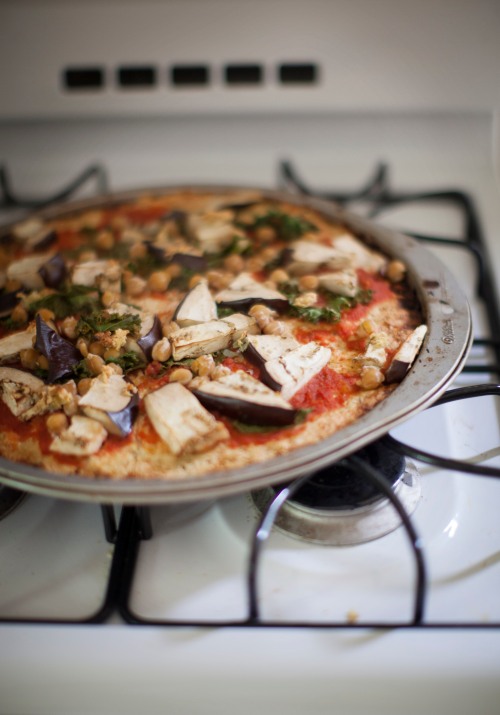
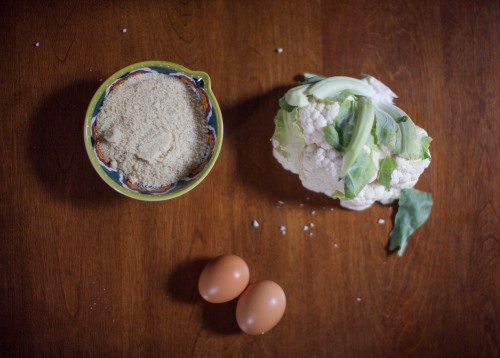
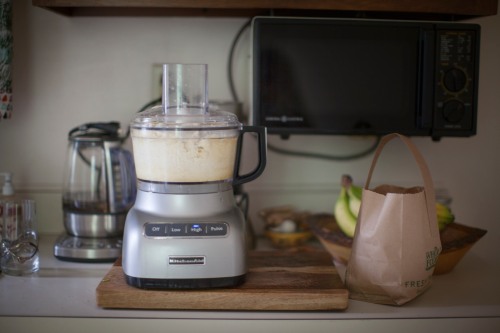
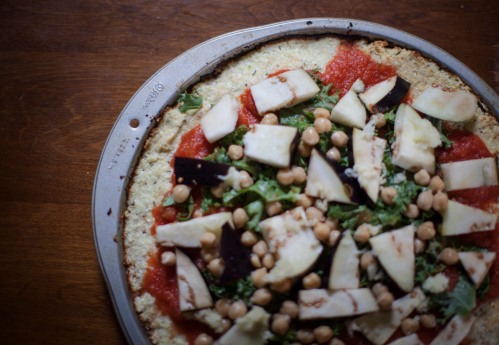



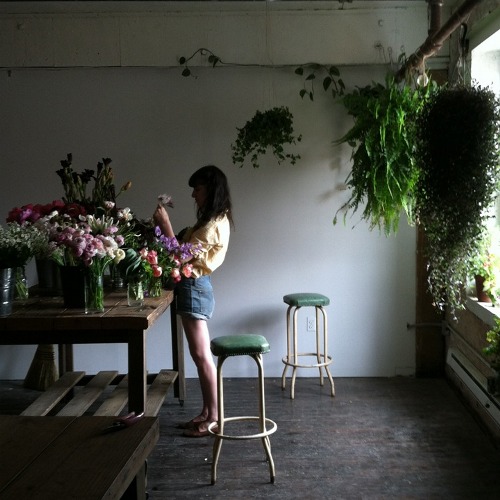


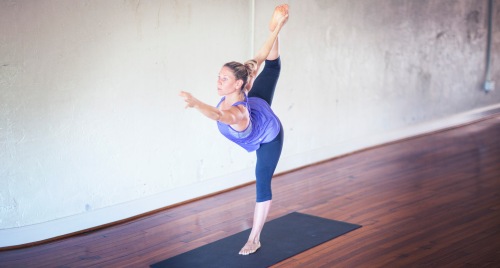

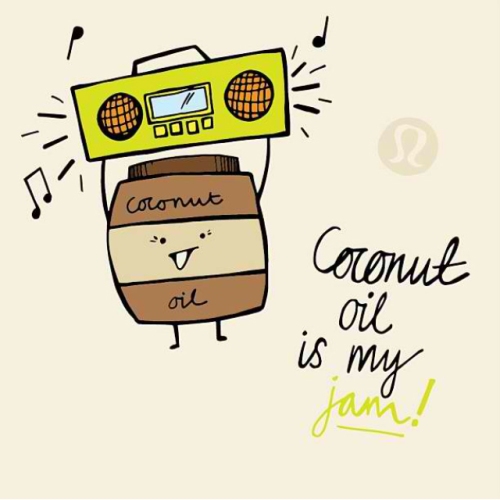
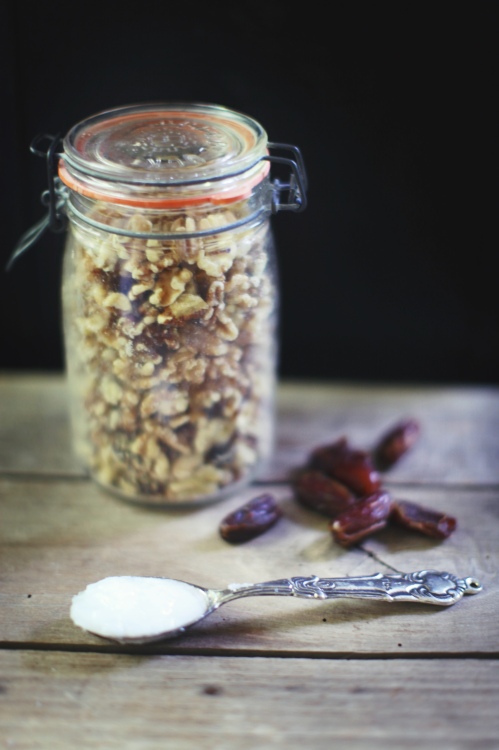
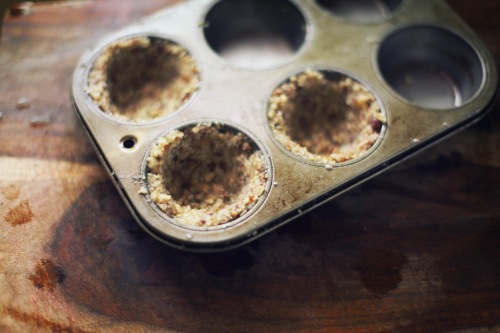
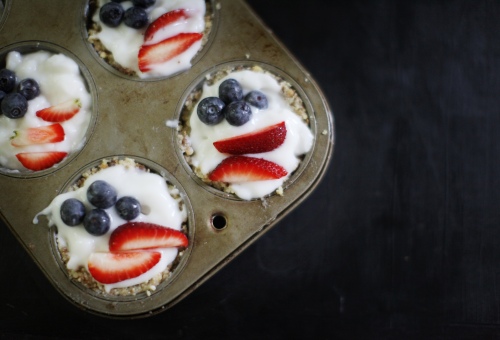

 2. First stop upon arrival, the d’om, home away from home, lululemon’s tent where we are graciously greeted with natural beauty, smiling faces & luxe floor pillows to lounge on!
2. First stop upon arrival, the d’om, home away from home, lululemon’s tent where we are graciously greeted with natural beauty, smiling faces & luxe floor pillows to lounge on! 3. Next up, let’s get this party started with a class led by
3. Next up, let’s get this party started with a class led by  4, My (oh so cute) partners in crime, on the left,
4, My (oh so cute) partners in crime, on the left,  5. & 6. Up bright and early for the Daybreaker, think 6am dance party and yes, those are jelly fish in the background. What a way to start the day!
5. & 6. Up bright and early for the Daybreaker, think 6am dance party and yes, those are jelly fish in the background. What a way to start the day! 6. See #5
6. See #5 7. Off to class with Sean Corne-that’s one the most amazing things about Wanderlust, the ability to practice with some of the most amazing teachers, all in one space…community at it’s best.
7. Off to class with Sean Corne-that’s one the most amazing things about Wanderlust, the ability to practice with some of the most amazing teachers, all in one space…community at it’s best. 8. Back at the d’om, with costumed & painted dancers flanking the entrance…only at Wanderlust.
8. Back at the d’om, with costumed & painted dancers flanking the entrance…only at Wanderlust.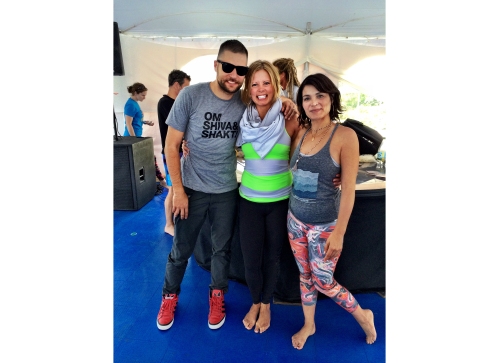 9. That’s me cheesing in between
9. That’s me cheesing in between  10. Some of the many friends we made throughout the weekend, pictured here with more than a yoga-buzz going on at ‘Winederlust’, one of the many non-yoga activities you could find as options for nighttime fun!
10. Some of the many friends we made throughout the weekend, pictured here with more than a yoga-buzz going on at ‘Winederlust’, one of the many non-yoga activities you could find as options for nighttime fun! 11. Yes, it looked like this the entire time. Breathe-taking.
11. Yes, it looked like this the entire time. Breathe-taking. 12. I had my first Kundalini yoga experience compliments of
12. I had my first Kundalini yoga experience compliments of  13. I finished the weekend by coming back ‘home’, and heading to one of Elliott’s classes. Seeing one of our local instructors, not to mention a dear friend who I love, shine so brightly doing what he loves on a really, freakin’ incredible stage with lots of major players was amazingly gratifying. If you’re ever in the Triad, you must head to one if his classes at
13. I finished the weekend by coming back ‘home’, and heading to one of Elliott’s classes. Seeing one of our local instructors, not to mention a dear friend who I love, shine so brightly doing what he loves on a really, freakin’ incredible stage with lots of major players was amazingly gratifying. If you’re ever in the Triad, you must head to one if his classes at 